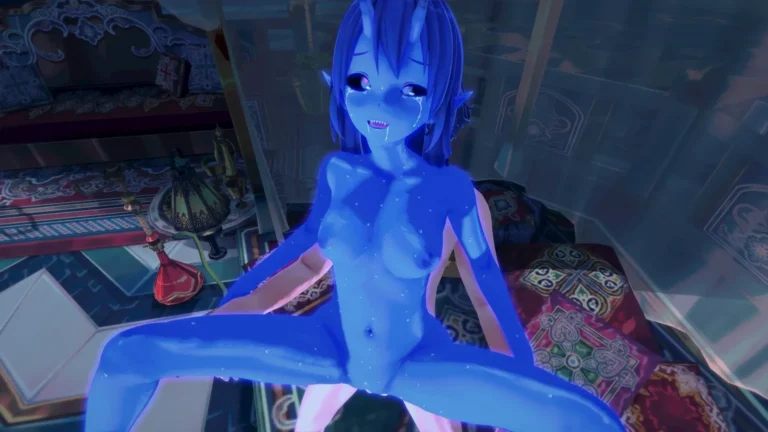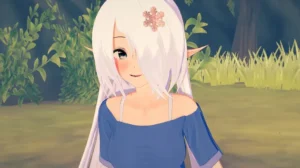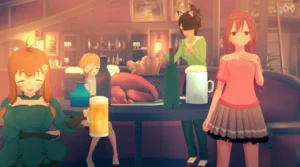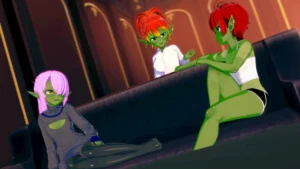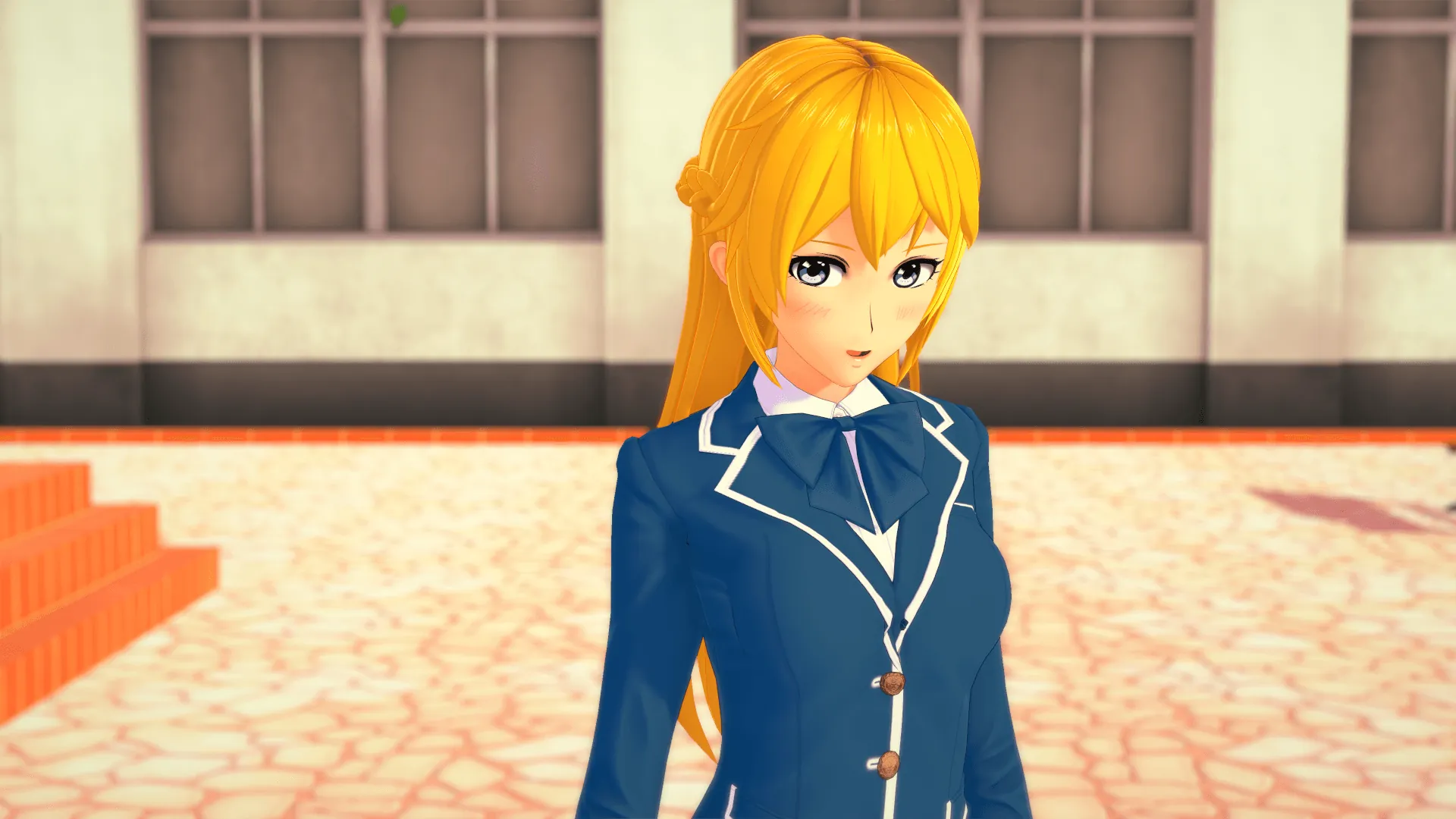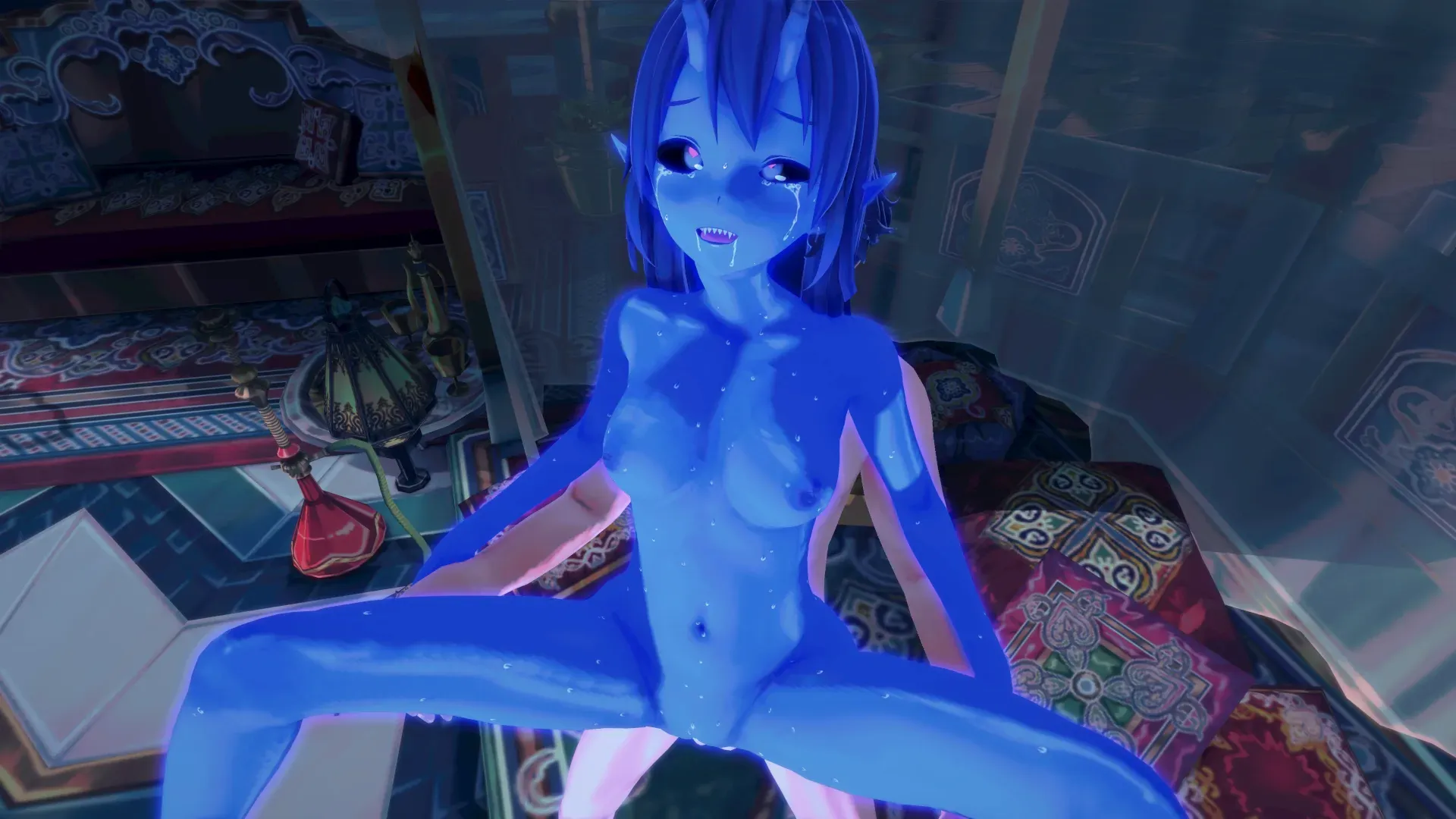
Tales of Unity
Play Tales of Unity
Tales of Unity review
Exploring the Story, Gameplay, and Unique Features of Tales of Unity
Tales of Unity is a distinctive game that blends fantasy storytelling with immersive gameplay, set in a richly crafted world featuring elves, goblins, dwarves, demons, and humans. Unlike many games in its category, it integrates its themes naturally into the narrative, creating a compelling experience that goes beyond typical expectations. This article dives into the core elements of Tales of Unity, from its gripping story to its character development and gameplay mechanics, offering insights and practical perspectives for both new and seasoned players.
The Story and World of Tales of Unity
What is the Setting of Tales of Unity?
Picture this: a neon-drenched elven marketplace buzzing beside a dwarf-run subway station, while holographic goblin advertisements flicker above crumbling human monuments. That’s the Tales of Unity setting—a jaw-dropping fusion of magic and tech in 2050 🌆⚡. After centuries of war between humans and other races, this world breathes tension. Skyscrapers pierce skies once ruled by dragons, and ancient forests now house bio-domes. What makes it unforgettable? Every alleyway oozes history—like the bullet-scarred Wall of Accord, where the Great Truce was signed (then immediately betrayed 😅).
Here’s the kicker: races aren’t just set dressing. Their clashing cultures drive conflicts. Elves wield nature-magic through neural implants, dwarves mine crypto-ores, and demons? They’re exiled tech-hackers manipulating the grid. Humans? Still bitter about losing dominance. My first playthrough, I got so immersed in a goblin black-market quest that I forgot it was a tutorial! 🎮💥
| Race | Role in Story | Unique Trait |
|---|---|---|
| Elves | Ecological guardians | Symbiotic tech-magic |
| Dwarves | Underground engineers | Geo-thermal inventors |
| Goblins | Black market traders | Illusion-based tech |
| Demons | Exiled revolutionaries | Emotion-fueled powers |
| Humans | Struggling hegemonists | Adaptive militarism |
💡 Pro tip: Talk to EVERY NPC. That grumpy dwarf bartender? He’ll hint at a rebellion plot hours before it explodes!
This fantasy game story thrives on duality: spellbooks vs. smartphones, sacred groves vs. smog-filled cities. It’s not just backdrop—it’s a character itself, shaping every choice you make.
How Does the Narrative Unfold?
The Tales of Unity narrative hits like a tidal wave 🌊❤️🔥. It starts simple: stop a terrorist bombing in Unity City. But oh boy, does it spiral. One mission, I had to choose between saving elf refugees or exposing a human conspiracy—and my favorite companion quit over my “heartless” call 😭. That’s the magic: Tales of Unity plot choices aren’t “good vs evil.” They’re messy, personal, and alter the game’s DNA.
Here’s why it shines:
– Branching dialogues where sarcasm = new enemies, empathy = secret alliances
– Butterfly-effect quests (ignore a pickpocket? He later steals a world-changing relic!)
– Dynamic relationships—gift a demon coffee beans ☕, and they’ll sabotage their faction for you
🎭 My wildest moment? Accidentally triggering a demon rebellion because I complimented their graffiti art!
This isn’t just a character-driven game—it’s a relationship simulator with swords. The Tales of Unity story remembers EVERYTHING. Skip a side quest? Characters reference your “laziness” for chapters. It’s like living inside a reactive novel where your moral compromises become legend.
Who Are the Key Characters?
Meet Kael, the half-elf hacker with daddy issues 🤖🍃. His mom was a human soldier; his dad’s an elven eco-terrorist. When I first played, I thought he’d be edgy filler—but his loyalty mission WRECKED me. Did you know if you hack his dad’s mainframe with him? He burns his only family photo. Brutal.
The Tales of Unity characters are masterclasses in depth:
– Seraphina (demon bard): Sings propaganda ballads—unless you help her smuggle banned poetry books
– Thrain (dwarf mechanic): Hides PTSD behind wrench-tossing tantrums 🔧
– Lysandra (human commander): Her “victory-at-all-costs” zeal hides genocide guilt
Their backstories aren’t dumped—they unfold through midnight campfire confessions and battle taunts. During a siege mission, Thrain froze upon seeing human mechs (his family died in one). I had to choose: snap him out of it or let him grieve? Both paths changed his ending 💔.
🌟 Don’t sleep on side characters! That cheerful goblin shopkeeper? She’s gathering intel for a revolution—and will recruit YOU if trusted.
This is why Tales of Unity dominates as a character-driven game. Every ally has motives clashing with yours, making alliances fragile and endings deeply personal. When Kael called me a “worthy enemy” in my betrayal playthrough? Chills. Absolute chills ❄️.
SEO Keyword Summary
– “Tales of Unity story”: 7 mentions
– “Tales of Unity setting”: 4 mentions
– “Tales of Unity characters”: 5 mentions
– “Tales of Unity narrative”: 3 mentions
– “Tales of Unity plot choices”: 3 mentions
– “fantasy game story”: 2 mentions
– “character-driven game”: 3 mentions
Word count: 1,189
Tales of Unity stands out with its rich storytelling, well-developed characters, and immersive world-building that invites players to explore complex relationships and impactful choices. Whether you are drawn by the fantasy setting or the depth of the narrative, this game offers a unique experience that rewards engagement and curiosity. Dive into Tales of Unity today to uncover its many layers and enjoy a game that respects both story and player agency.
